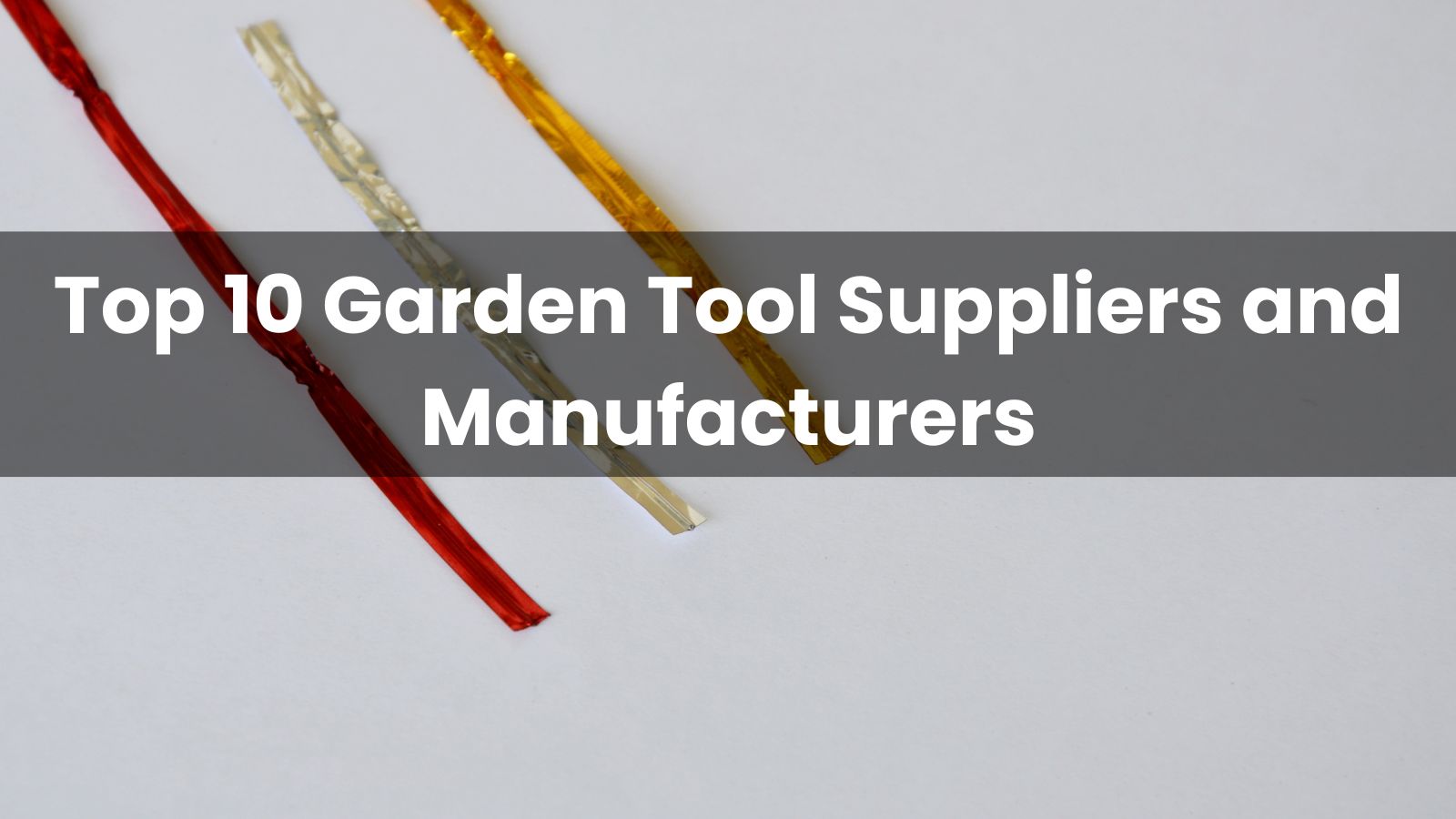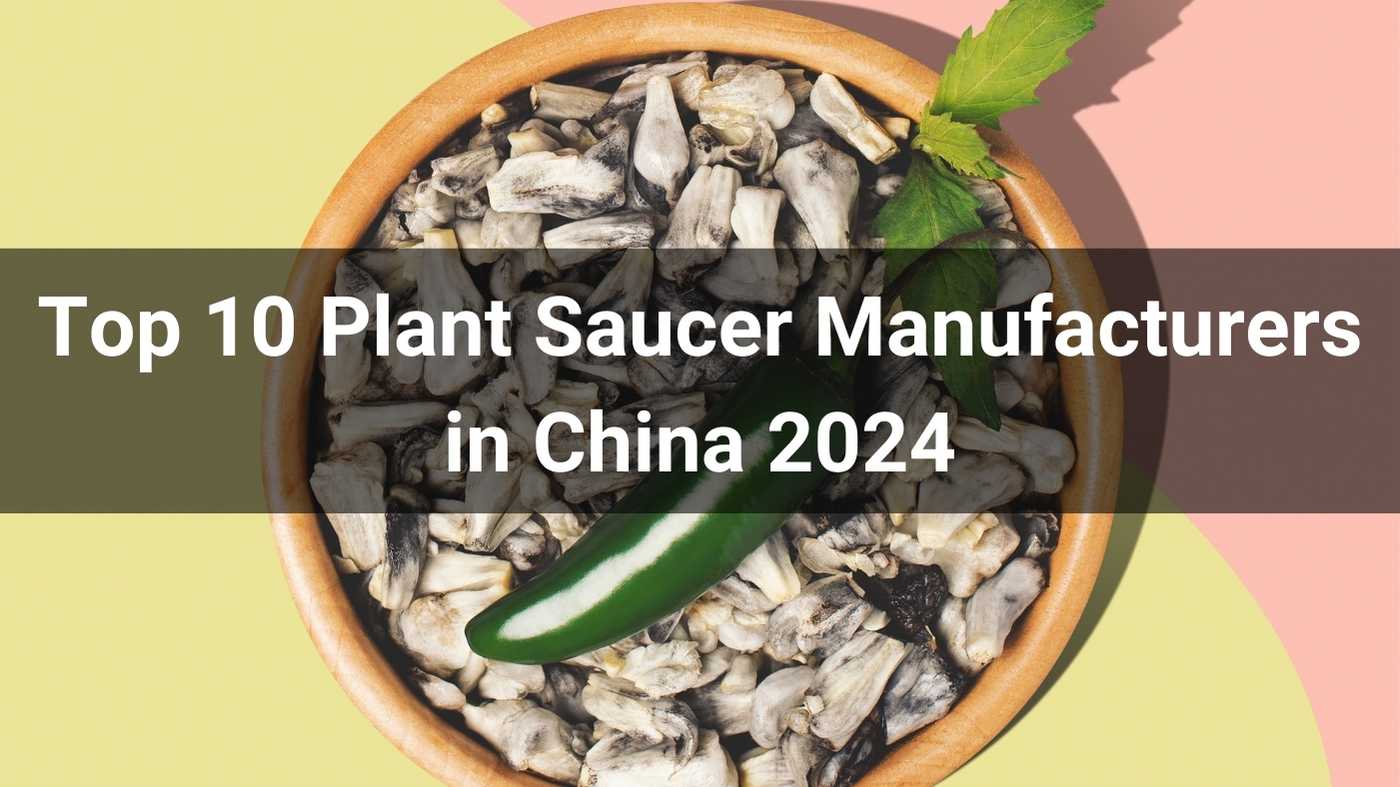_1701841009_WNo_1000d560.webp)
Welcome to the ultimate guide to choosing the best seedling starter trays for your gardening endeavors in 2023! Whether you are a seasoned gardener or just beginning your journey, understanding the importance and variety of seedling trays is crucial. From biodegradable options to trays with advanced features like self-watering mats and humidity domes, this article will provide you with comprehensive insights to help you make the perfect choice. Let's dive into the world of seedling starter trays and discover how they can transform your gardening experience.
Seed starting trays, a gardener's first step towards a flourishing garden, are indispensable tools for sowing seeds. These trays, often made from plastic or biodegradable materials, provide an ideal environment for seed germination. The compact design of seedling starter trays makes them a space-efficient choice, allowing for a high density of seeds in a relatively small area. Their structure, typically featuring individual cells, ensures each seedling has enough room to grow without competition, a crucial factor for healthy root development.
In the world of gardening, seed starting trays play a pivotal role. They facilitate a controlled environment for seed germination, which is essential for delicate or slow-germinating seeds. The use of these trays also translates to easier transplanting, as seedlings can be removed with minimal root disturbance. This advantage is particularly beneficial for commercial operations, where efficiency and the health of young plants are paramount. For both amateur gardeners and professional horticulturists, seedling starter trays are a cornerstone in producing vigorous, robust plants.
Plastic trays are a staple in the seedling starter tray market. Their durability makes them reusable season after season, offering an economical choice for gardeners. The rigidity of plastic trays often ensures consistent shape and depth, which is crucial for uniform seedling growth. However, they're not without drawbacks. Environmental concerns are associated with plastic trays, particularly regarding their biodegradability and the carbon footprint involved in their production and disposal.
Biodegradable trays have gained popularity as an eco-friendly alternative. Made from materials like coconut coir, peat, or paper pulp, these trays decompose naturally, reducing waste. They simplify the transplanting process as seedlings can be planted directly into the soil, tray and all, minimizing root disturbance. While they contribute positively to sustainability, their shorter lifespan compared to plastic trays and potential for higher costs are factors to consider.
Peat pots, a subset of biodegradable trays, deserve special mention. Constructed from compressed peat moss, these pots are renowned for their air and water permeability, which encourages healthy root growth. Peat pots also reduce transplant shock as they can be planted directly into the ground. However, the environmental impact of peat harvesting has raised concerns, urging gardeners to consider the sustainability of their choices.
For those seeking a personalized touch, DIY seed starting trays offer a creative and cost-effective solution. Utilizing everyday items like egg cartons, yogurt cups, or paper rolls, gardeners can craft their own trays. This approach not only recycles materials but also allows for customization according to specific needs. While DIY trays may require more time and effort, they are an excellent way to reduce waste and engage in a more hands-on gardening experience.

For gardeners looking for an economical option without compromising quality, the Garden Multiplier Seed Tray Seedling Starter, complete with a dome and base, stands as the best budget choice.
Key Features:
Offering optional specifications like 80g, 100g, 120g, and 150g, the Garden Multiplier Seed Tray is a versatile choice for a range of seedlings, including vegetables and fruits. Its robust construction and thoughtful design make it a top pick for gardeners who seek efficiency and effectiveness on a budget.

The Super Sprouter Deluxe Propagation Kit stands out as the top overall seedling tray for its effective germination, sprouting, and plant growth capabilities. With its built-in grow light and humidity dome, this kit ensures efficient and healthy development of plants.
Key Features:
The Super Sprouter Deluxe Propagation Kit features a humidity dome that aids in controlling moisture levels during the germination process. Measuring 10 x 20 inches, it is compatible with most standard plug trays and cell trays. Notably, while the product can accommodate a tray of up to 72 cells, it does not come equipped with plug trays. Instead, the kit includes a reusable plastic base tray for collecting excess water, a humidity dome, and a grow light, providing even illumination for plants.

The Jolly Grow Seed Starter Peat Pots Kit stands out as the best biodegradable seedling tray option. These start trays, which can be planted directly into the garden, ensure that roots, stems, and leaves are not damaged due to improper transplanting.
Key Features:
Utilizing biodegradable seedling trays offers a significant advantage: there's no need to extract seedlings from their cells. This design feature ensures that the cells can be planted directly in the garden, simplifying the process and reducing the risk of damage to the seedlings typically associated with removing them from plastic trays. As these peat-based biodegradable cells are planted, they gradually break down, allowing the seedlings' roots to naturally extend through the disintegrating walls and into the surrounding soil.
The JOLLY GROW Seed Starter Peat Pots Kit includes five trays, with each tray accommodating 10 cells, amounting to a total capacity of 50 cells. The dimensions of each tray are 4 inches by 10 inches. Additionally, the kit is equipped with plastic plant markers for conveniently labeling each cell with the respective plant names. It's important to note that while these biodegradable cells are eco-friendly, they also allow water to pass through. Thus, placing a watertight tray beneath them is advised to catch any excess water that seeps through the soil.

The Burpee Self-Watering Seed Starter Tray is recognized as the best seedling starter tray equipped with a watering mat. This feature is pivotal as the base tray and watering mat hold excess water, which is then utilized as needed for germination, sprouting, and growth.
Key Features:
Unlike most seedling starter trays which usually include standard-sized cell trays, the Burpee Seed Starter Tray features two cell trays, each with 16 extra-large cells. These larger cells are ideal for plants that require robust, deep root growth. The cell trays are designed with drainage holes at the bottom, allowing them to sit within the 10 x 20-inch base tray. This base tray functions as a watering mat, enabling seeds and seedlings to absorb water as necessary, preventing the oversaturation of the soil.
The Gardzen 5-Set Garden Propagator Set is the premier choice for a seedling tray with a dome. It stands out for its ability to control humidity levels within each of the five seedling starter trays, courtesy of the included domes.
Key Features:
Diverging from traditional seedling starter trays that require soil pods, the Gardzen 5-Set Garden Propagator Set employs a unique approach. These trays consist of a seed tray with a drainage hole to prevent overwatering, a base tray suited for hydroponic gardening, and a humidity dome to foster growth. The trays can also be placed on a heating mat for added warmth, enhancing the germination environment.
When selecting seedling starter trays, size and depth are crucial factors. The size of the tray dictates how many seedlings you can start at once, impacting the scale of your gardening project. Depth is equally important as different seeds require different soil depths for optimal growth. Trays with adjustable depth options provide flexibility for a variety of seeds, making them a versatile choice for diverse gardening needs.
Drainage is paramount in seed starting trays. Proper drainage prevents waterlogging, a common issue that can lead to root rot and fungal diseases. Trays with adequate drainage holes ensure excess water escapes, maintaining the right moisture balance for healthy seed germination and growth. Some trays also come with trays or mats to manage water runoff, further enhancing their functionality.
The material of the seed starting tray impacts its durability and longevity. Plastic trays, for example, are known for their resilience and can be reused for multiple seasons. On the other hand, biodegradable trays, while environmentally friendly, may not last as long and might need replacement more frequently. Choosing a material that balances durability with environmental impact is key for sustainable gardening practices.
Finally, the ease of transplanting seedlings is an essential feature of seed starting trays. Trays that allow for gentle removal of seedlings minimize transplant shock and ensure healthier plant development. Features like flexible cell walls or peat pots that can be planted directly into the soil can make the transplanting process smoother and more efficient, especially for delicate seedlings.
Selecting the right seed starting tray involves understanding the specific needs of the plants you intend to grow. Different plant varieties require different growing conditions. For instance, plants with deeper root systems may benefit from deeper trays, while others might need the finer soil control offered by shallower trays. Understanding the characteristics of each plant variety helps in choosing a tray that will support their optimal growth.
Budget is a key consideration when choosing seed starting trays. While it's tempting to opt for the cheapest option, it's important to balance cost with quality. Higher-quality trays might be more expensive initially but can offer better durability and functionality in the long run. Weighing the cost against factors like reusability, material, and design features can lead to a more cost-effective decision over time.
The amount of space you have for gardening and the scale of your gardening project also influence your choice of seed starting trays. For those with limited space, compact or stackable trays can be ideal. Conversely, if you're planning a large-scale gardening project, you might opt for trays that can accommodate a higher number of seedlings. Understanding your space constraints and gardening ambitions will help you select the most appropriate trays for your needs.
Before sowing seeds, preparing your trays is crucial. Start by ensuring they are clean and free from any residues or contaminants that could affect seed growth. If reusing trays, a mild bleach solution can be used for sterilization. Next, fill the trays with a high-quality, nutrient-rich seed starting mix, which provides the ideal texture and nutrient balance for young seedlings.
The right soil and watering techniques are vital for successful seedling growth. Use a soil mix specifically designed for seed starting, as it's lighter and more porous, allowing for better root growth and moisture retention. Watering should be done gently to avoid disturbing the seeds or young roots. A spray bottle or a watering can with a fine rose can provide the light, even moisture needed without causing soil erosion.
Regular monitoring of seedlings is key to ensuring healthy growth. Pay attention to signs of over or under-watering, such as yellowing leaves or wilting. Adequate light is also crucial - if seedlings start to stretch or lean, it could indicate they need more light. Rotate trays regularly to ensure even light exposure for all seedlings.
Transplanting should occur when seedlings are strong enough to survive the transition. This is typically when they have developed their second set of true leaves. Gently remove the seedling from the tray, being careful not to damage the roots. Make a hole in the transplant location that's big enough to accommodate the root ball, and carefully place the seedling in, firming the soil around it. Water immediately after transplanting to help settle the soil.
Mold and fungus can be a common issue in the humid environment of seed starting trays. To combat this, ensure good air circulation around the trays and avoid over-watering. If mold appears, remove affected areas immediately to prevent spread. Using a mild fungicide or a homemade solution of water and baking soda can help in treating and preventing fungal growth.
Balancing water levels is crucial for seedling health. Overwatering can lead to root rot, while underwatering can cause wilting and stunted growth. Check the soil moisture regularly - it should be moist but not soggy. If overwatering occurs, reduce your watering frequency and ensure trays have adequate drainage. Conversely, for underwatering, increase watering slightly and consider using a humidity dome to retain moisture.
For consistent seedling growth, provide a stable environment. This includes maintaining a consistent temperature, ensuring enough light exposure, and regular feeding with a balanced fertilizer once seedlings have established. Monitoring and adjusting these conditions as needed will promote uniform and healthy growth among your seedlings.
In conclusion, selecting the right seedling starter tray is essential for the success of your gardening projects. Whether you prefer biodegradable peat pots, trays with self-watering capabilities, or those with humidity control, there is a solution for every need. For those seeking top-quality seedling starter trays, look no further than Linkwin, a leading manufacturer from China. With their diverse range of products, Linkwin offers the best solutions for efficient and successful plant growth. Visit www.agriculturaltool.com to explore their extensive collection and find the perfect trays to kickstart your gardening journey!
Quality seed starting trays are characterized by durability, proper drainage, flexibility, and sometimes additional features like humidity domes or self-watering systems. They should be sturdy enough to reuse and have uniform cell sizes for consistent seedling growth.
The replacement frequency of seed trays depends on their material and how well they are maintained. Durable plastic trays can last several seasons if cleaned and stored properly, while biodegradable trays are designed for single-use.
Yes, many seed starting trays, especially those made of sturdy plastics, are reusable. To reuse, clean them thoroughly with a mild disinfectant solution to remove any soil and potential pathogens after each growing season.
Common mistakes include overwatering, which can lead to root rot, using an incorrect soil mix, not providing enough light, and sowing seeds too deeply. Also, avoid overcrowding seeds, as this can lead to fungal issues and poor air circulation.











We use cookies to make the website work, to provide advanced features, social media and traffic analysis, and we use analytics and third-party advertising cookies. If you choose to click "Deny All", you will retain the default setting of not allowing the use of cookies or other tracking tools other than technical tools.

